Table of Contents
Impact Business Development 101
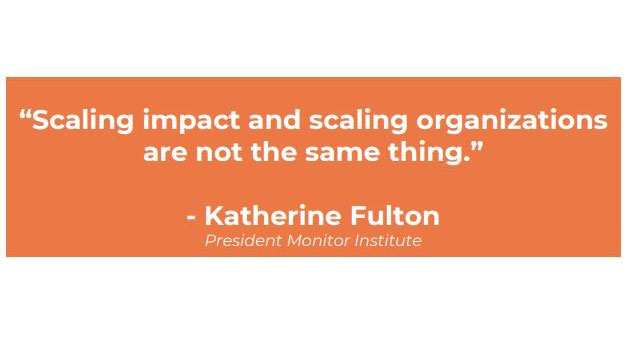
Scaling Impact
Bringing Good Solutions to Scale Developed by Katrin Hauser from Scaling 4 Good
Geneva, 20.03.2019
Impact: Innovation plus Scaling Innovation is trendy, financially well-supported and in line with current expectations. Scaling requires persistence, new forms of financing and overcoming barriers.Growing or scaling-up a business is about developing the capacity of a company and if necessary, at the expense of others.
Scaling for impact implies opening the business to other organizations and cooperating with them to externalize business development and accelerate the systemic transformation of its market.
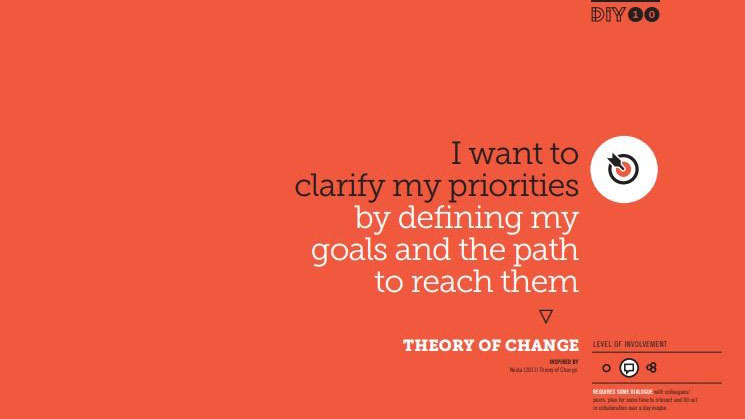
Theory of Change
Setting up a Theory of Change is like making a roadmap that outlines the steps by which you plan to achieve your goal. It helps you define whether your work is contributing towards achieving the impact you envision, and if there is another way that you need to consider as well. The Theory of Change tool not only helps to clearly articulate and connect your work to your bigger goal, it also allows you to spot potential risks in your plan by sharing the underlying assumptions in each step.
Visit the DIY: Development, Impact & You website to access resources related to developing and improving your Theory of Change. Access the DIY learning module and free course here.

Stanford Social Innovation Review
Visit the Stanford Social Innovation Review section on Scaling to access resources related to a range of Scaling topics, including:
- Why Proven Solutions Struggle to Scale Up - Many social innovations fail because they are unable to bridge the “stagnation chasm.” Here is a look at the resources, ecosystems, and skills needed to overcome it.
- 10 Reasons Not to Measure Impact and What to Do Instead - Impact evaluations are an important tool for learning about effective solutions to social problems, but they are a good investment only in the right circumstances. Open access to this article is made possible by Kellogg School of Management at Northwestern University.
- Scaling Science - A new approach to scaling is needed in which the goal is scaling up social impact for public good. Open access to this article is made possible by the International Development Research Centre (IDRC).
- Why Conservation Needs a New Way to Scale - Conventional routes to scaling impact don’t always work. Conservation nonprofits and social ventures should be wary of the lure of a large partner and consider replicating from the grassroots instead.
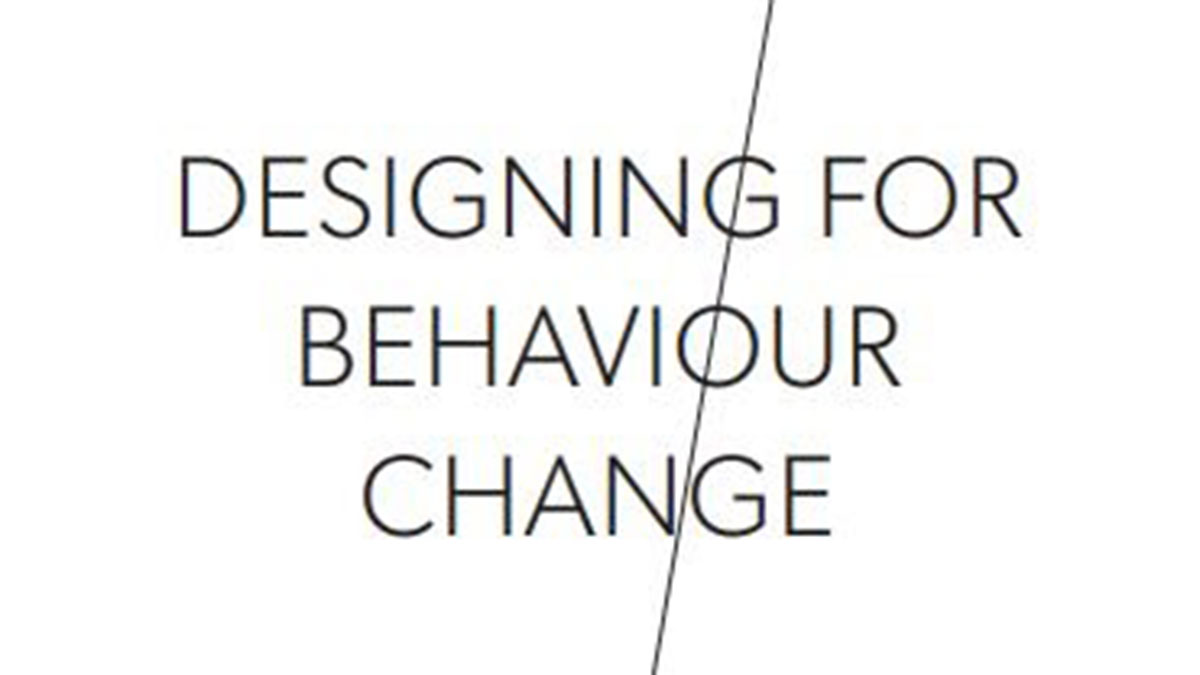
Designing for Behaviour Change
The Designing for Behaviour Change guide contains essential knowledge from the field of behavioural science. It is intended to help your team support people with changing their behaviours, in order to achieve a desired impact for themselves and for the
common good. With this guide, your team gains access to models and resources for
structured thinking about behaviour change and design.
Access worksheets from the book here.
Impact Measurement and Management Resources
Introduction to Impact Measurement and Management
Impact management is the ongoing practice of measuring and improving our impacts, so that we can reduce the negative and increase the positive. It is relevant for both enterprises and investors who manage environmental, social and governance (ESG) risks, as well as those who also want to contribute positively to global goals.
To mainstream impact management, companies and investors need coherent guidelines on how to measure, report, compare and improve. For an overall view of the key frameworks behind social impact measurement, visit the Impact Management Project website.
See their Resources and Examples
View their Latest Updates and Webinar Recordings
Visit the BCtA Impact Lab to see Case Studies and obtain guidance on identifying, measuring and managing your company’s impact on the Sustainable Development Goals. Sign up for free.
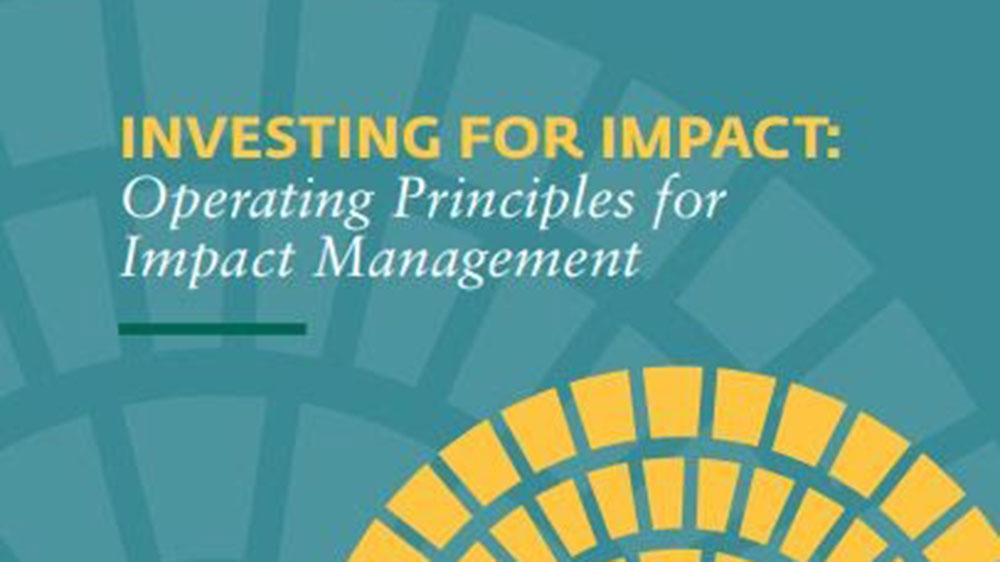
Operating Principles for Impact Management
The Operating Principles for Impact Management provide a reference point against which the impact management systems of funds and institutions may be assessed. They draw on emerging best practices from a range of asset managers, asset owners, asset allocators, and development finance institutions.
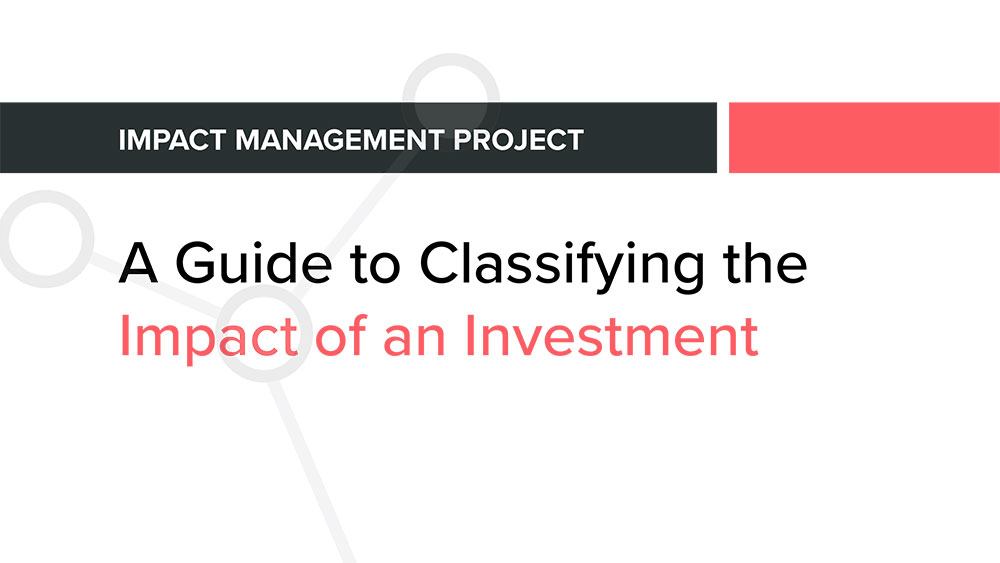
Impact Management Project Guide to classifying the impact of investments
The IMP’s investment classification guide provides step-by-step guidance for classifying your investments using whatever impact data – qualitative and/or quantitative – is available from your underlying assets.
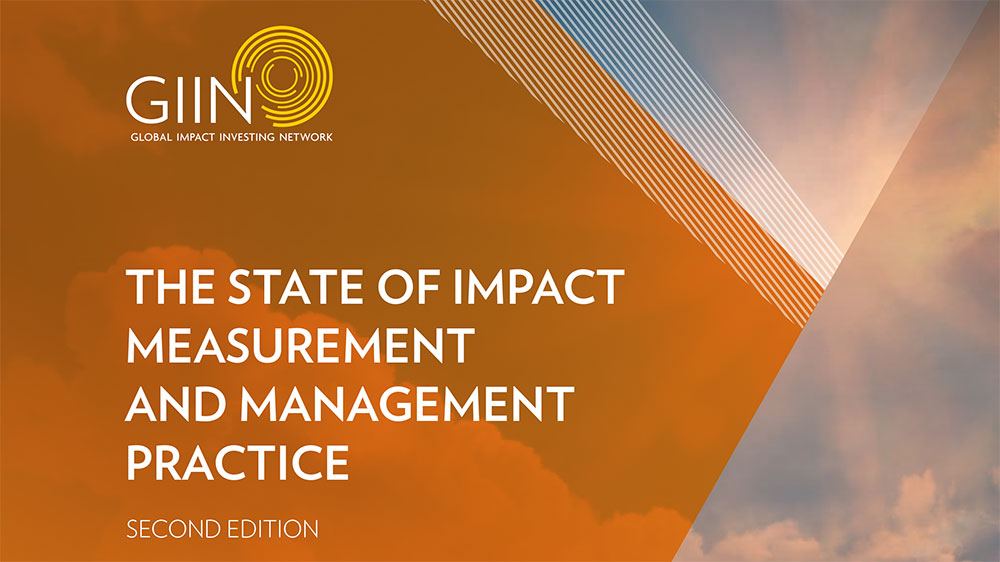
The State of Impact Measurement and Management Practice, Second Edition
Global Impact Investing Network January 21, 2020 The second edition of the State of Impact Measurement and Management Practice reflects the increased sophistication and maturation of impact measurement and management (IMM) practices since the release of the survey’s first edition in 2017. The GIIN’s second global survey of the state of impact measurement and management practice in the impact investing industry digs deeper into how investors describe their objectives and motivations, strategies for understanding and improving their impact, processes for holding themselves and their investees accountable, and other elements of their IMM practices.
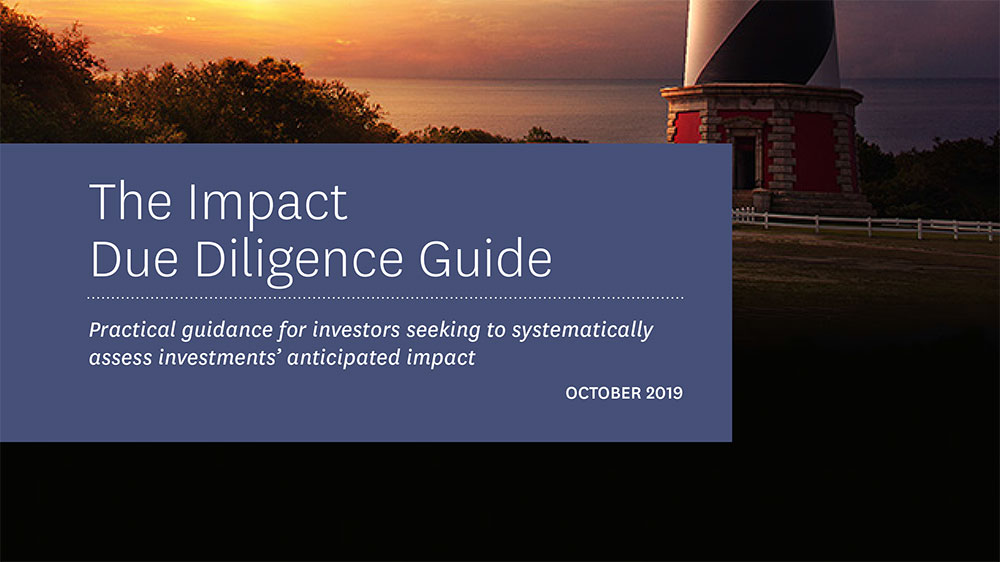
The Impact Due Diligence Guide by Pacific Community Ventures
The Impact Due Diligence Guide by Pacific Community Ventures is a how-to for engaging in impact due diligence and contains actionable advice and guidance for both novices as well as seasoned experts in Impact Measurement and Management, covering topics such as building impact-focused due diligence questionnaires and quantitative tools, integrating impact due diligence into existing processes, and using impact due diligence to inform investment decision-making.